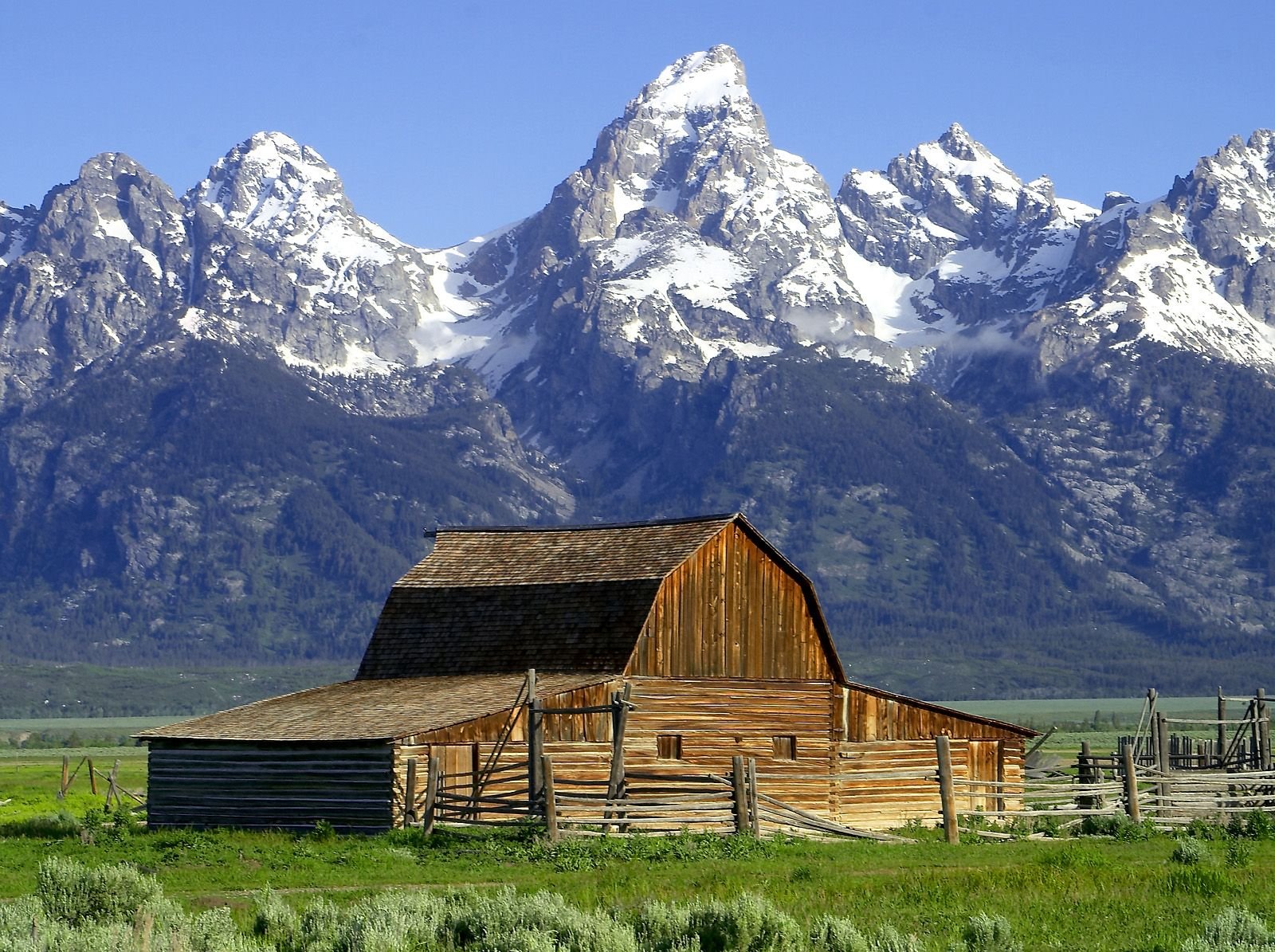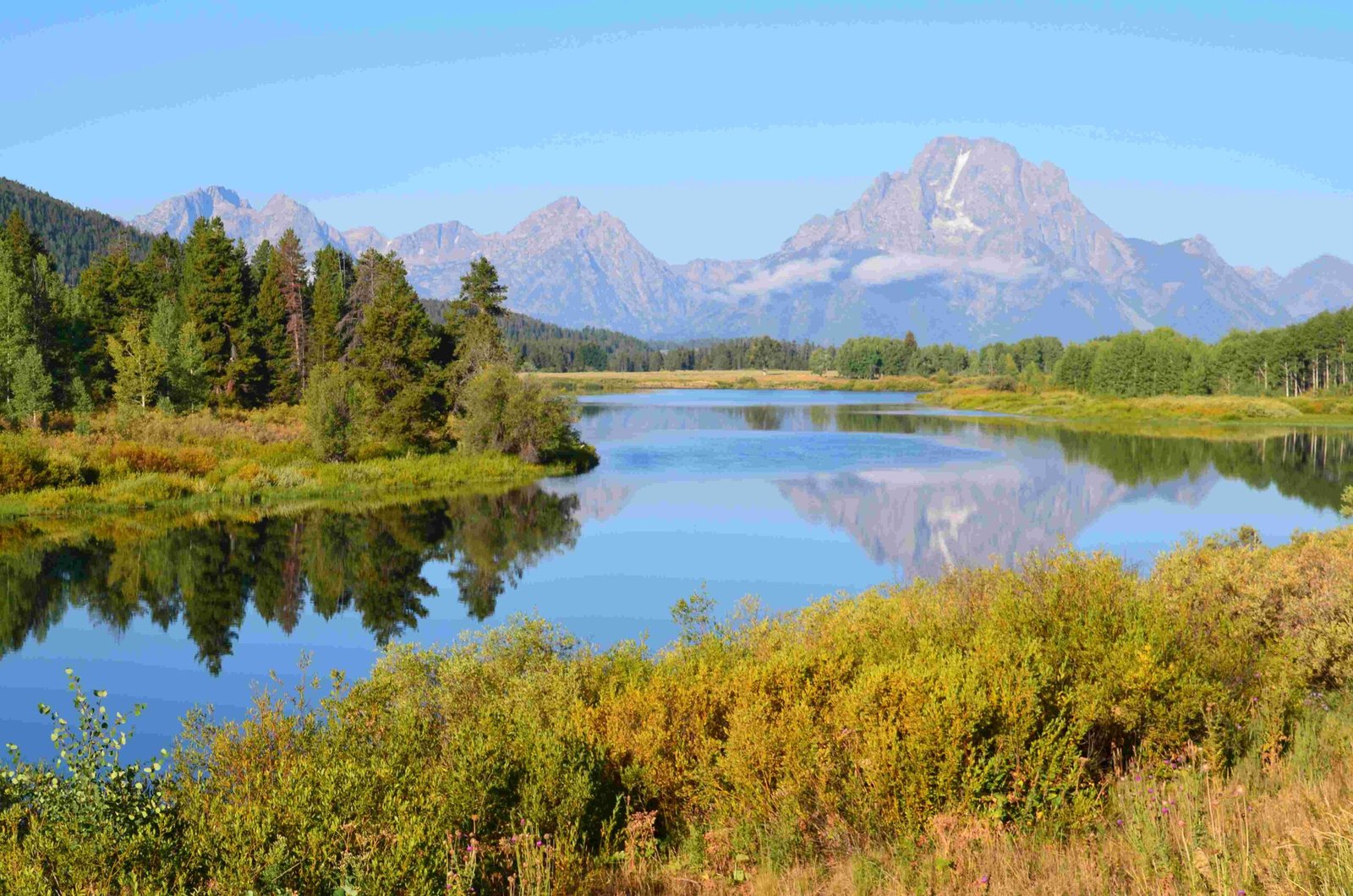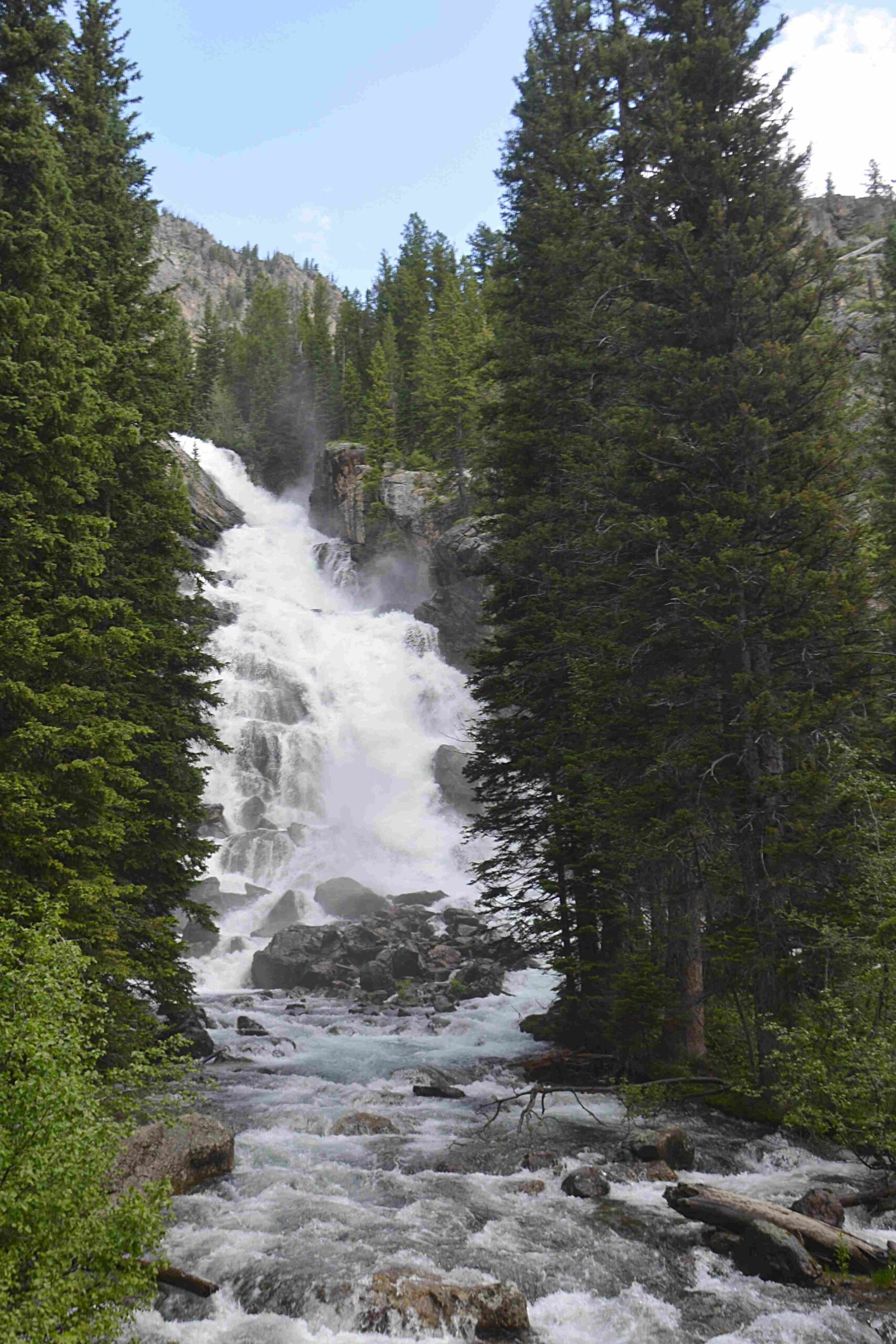The Elk Refuge in Grand Teton National Park represents a critical winter habitat for thousands of Rocky Mountain elk, providing a sanctuary where these magnificent creatures survive harsh winter conditions through carefully managed conservation strategies. This unique ecosystem supports approximately 5,000-8,000 elk annually, offering visitors an extraordinary opportunity to witness one of North America’s most remarkable wildlife migrations.
What Makes the Elk Refuge Unique?

The National Elk Refuge, spanning approximately 24,700 acres near Jackson, Wyoming, serves as a critical winter range for elk populations. Established in 1912, this protected area ensures the survival of one of the largest elk herds in North America.
How Do Elk Survive Winter Conditions?
Elk survival during winter depends on several critical factors:
- Thermal Regulation: Thick winter coats help elk conserve body heat
- Collective Herding: Large groups provide protection and shared warmth
- Strategic Migration: Movement to lower elevations with less snow coverage
| Winter Survival Strategy | Description | Effectiveness |
|---|---|---|
| Thick Fur Coat | Provides insulation against cold | High |
| Group Herding | Reduces individual exposure | Moderate to High |
| Limited Movement | Conserves energy | High |
Where Can Visitors Observe Elk?
Visitors can experience elk in their natural habitat through multiple viewing options:
- Sleigh Tours
- Available mid-December through early April
- Guided tours providing close-up wildlife encounters
-
Reservations recommended
-
Refuge Road
- First 3.5 miles accessible during winter months
- Bike and walking paths parallel the road
- Opportunity for photography and wildlife observation
What Ecological Role Do Elk Play?
Elk are keystone species in the Grand Teton ecosystem:
- Grazing Patterns: Help maintain grassland vegetation
- Predator-Prey Dynamics: Support populations of wolves, mountain lions, and bears
- Nutrient Cycling: Contribute to soil fertility through grazing and waste
When Is the Best Time to Visit?
Optimal elk viewing periods include:
- Winter Migration: November to April
- Rut Season: September and October
- Spring Migration: Late April and May
How Can Visitors Prepare?
Essential preparation tips for elk refuge visits:
- Bring telephoto camera lens
- Wear warm, layered clothing
- Maintain safe distance from wildlife
- Check seasonal accessibility
- Bring binoculars for distant viewing
Conservation Efforts
The National Elk Refuge represents a critical conservation model:
- Managed by U.S. Fish and Wildlife Service
- Provides supplemental feeding during extreme winters
- Monitors elk population health
- Protects critical winter habitat
Photography and Observation Tips

- Use long telephoto lenses (300mm+)
- Photograph during golden hours
- Respect wildlife viewing guidelines
- Use designated viewing areas
- Minimize noise and sudden movements
Wildlife Interaction Guidelines
- Stay at least 25 yards from elk
- Never approach or feed wildlife
- Use quiet observation techniques
- Follow ranger and refuge guidelines
Conclusion
The Elk Refuge in Grand Teton National Park offers an unparalleled wildlife experience, showcasing the resilience and beauty of Rocky Mountain elk through carefully managed conservation strategies.

